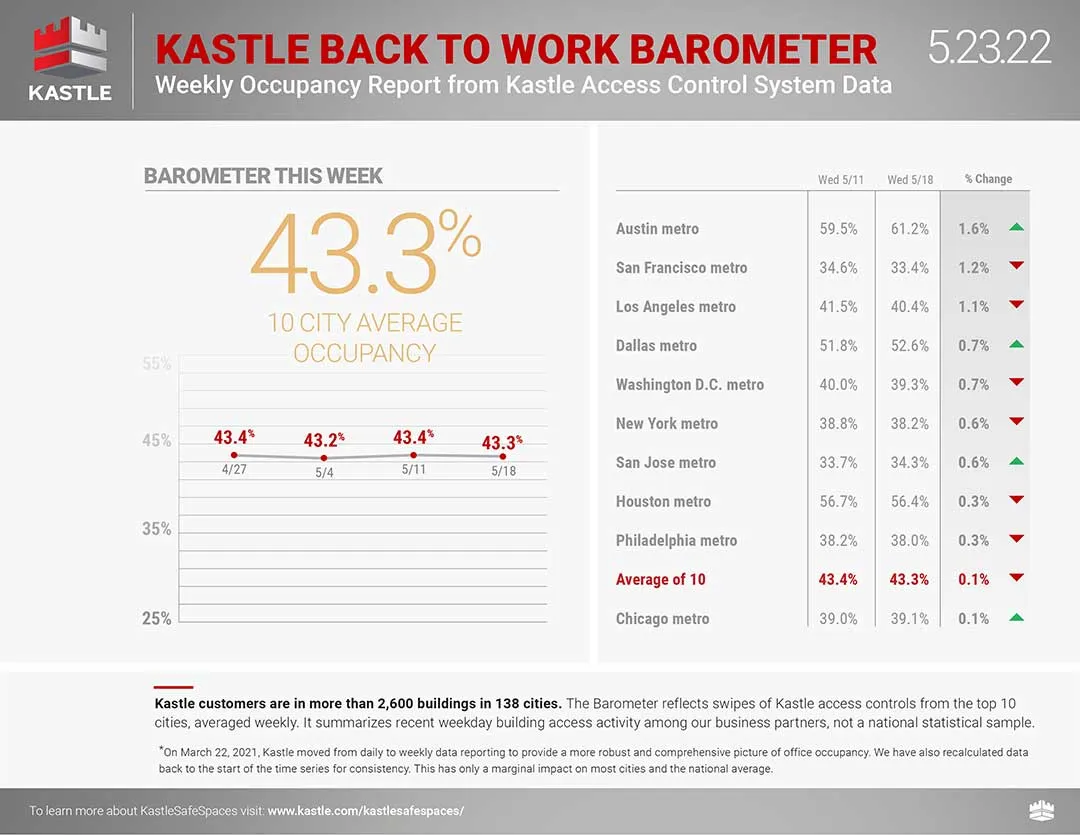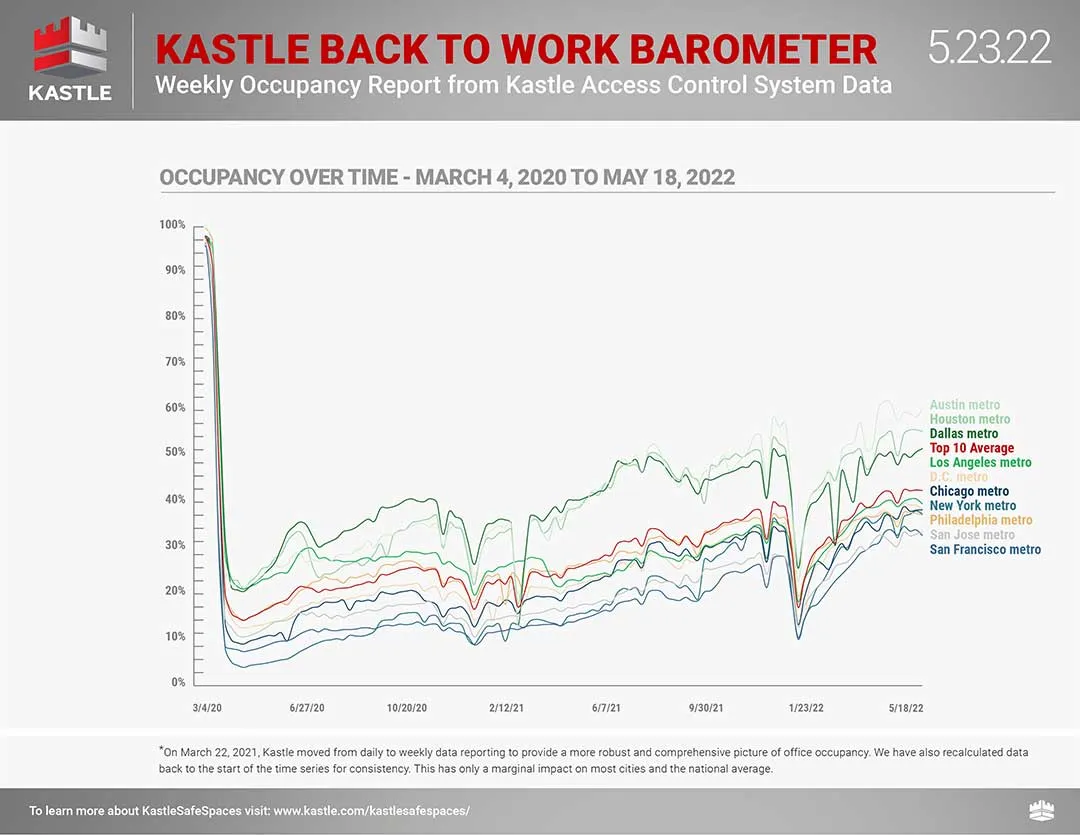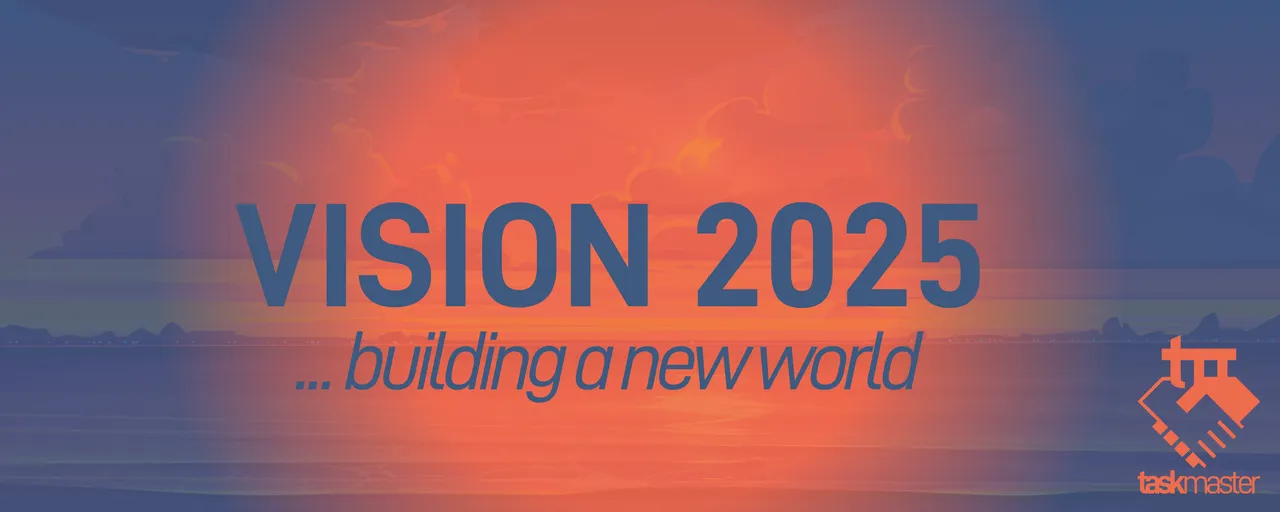Real estate is a hot topic these days. Obviously, it is a vital component to any economy. It is an industry that employees a large amount of people and has tentacles that extend far.
In the developed world, it is not uncommon for real estate to make up for 20%-30% of the overall economy.
Therefore, when we see major run up like we did the past decade, we see a lot of speculation as to where things are going.
Obviously, crashes in the real estate market can wipe out a great deal of wealth. When things start to decline, a lot of jobs are lost. It has a direct impact upon construction also. Between the two, employment loss has a huge impact upon the economy.
We are seeing this right now in the mortgage industry.
This has people questioning whether we are in for a crash. The question is whether something bigger is actually taking place.
We will delve into this to see what is taking place.
Artificial Urban Real Estate Bubble
There is a chance we are starting the globalization of real estate. This is a multi-decade process that will having countries vying for people to become ex-pats. We will discuss that in a bit.
Many are looking for a burst of the real estate bubble that started after the Great Financial Crisis. However, we are looking at something that goes back much further.
Part of the problem is that, since the end of World War II, we watched the artificial urban real estate bubble form. It was something that is now nearly 80 years old. This also created a major distortion in the market.
All of this stems from jobs. Over that time, we saw migration from the rural to urban areas. This accelerated when globalization became popular and manufacturing was moved offshore. It was a shift that really affected rural areas, making it even less attractive than before.
Hence, we saw tens of millions of people moving into the urban areas, being packed in like sardines. While it is true there was urban sprawl, the fact is most cities were limited in where they could go geographically. Many such as NY, San Francisco, and Miami have water, meaning expansion could not go in that direction.
Of course, this was offset by going up.
Whatever the solution, we have a situation with more people being packed into a relatively finite area. This will naturally send prices upward.
Yet, would this be the case if there was not the monopoly on jobs? The answer to this question might be shown to us in the next decade.
Remote Work Busting The Monopoly
The rural areas could get a major boost due to remote work. Over the next half decade, this concept is going to become commonplace, especially with cryptocurrency growing in reach. If those areas are positively affected, that could mean the urban areas suffer the negative impact.
At present, we are seeing a lot of drawbacks to urban areas. Crime is on the rise. The cost of living, in large part due to real estate prices, is through the roof. Taxes are getting out of hand. Congestion remains a major problem. Finally, after 2020, many people fear living in such close quarters.
All of this is showing up in the stats.

This is a barometer put out by Kastle, a real estate tech firm. As we can see, of the major cities surveyed, we are not even to 50% occupancy.
Looking at it compared to 2020, here is what we see:

The longer this transpires, the worse it gets for both, commercial real estate providers along with companies that are debating calling employers back to the office. At this point, habits already are being ingrained.
Simply put, the idea of going back into the office is unappealing to many.
As outlined in the Globalization of Real Estate article, this is phase 1. The fact that occupancy in offices is down means that people can move further out, having a radius of 3-4 hours as opposed to one.
Over time, the work from home mindset will set in and we are going to see the relocation from the urban to rural areas. This could have major effects on urban real estate.
Of course, a case is being made that this is just correcting a decades long distortion.
If you found this article informative, please give an upvote and rehive.

gif by @doze

logo by @st8z

